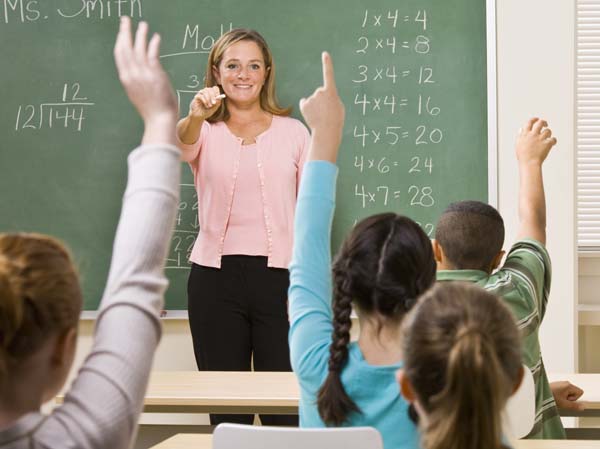Alternative school programs generally strive to keep their student/teacher ratio low, usually ten to one or less, enabling for more individualized and personalized instruction.
School staffs have a great deal of autonomy in developing curriculum and establishing rules. Teachers must also give an extended role in dealing with the whole child and his/her problems. The alternative site that is generally apart from and different from the regular school building with the intent of fostering a positive environment. By developing a feeling of community and a sense of belonging, students find it easier to commit to a new set of rules, expectations and standards of behavior.
Academic and vocationally oriented education programs are generally offered through an individualized, student-centered approach. These programs try be attentive to the needs of a career-oriented curriculum and will be sensitive to the variety of learning styles among students. Participants learn through various means, like within classrooms, in small groups, in vocational activities, in community-based outreach programs, and through internships. The environment created for each student work toward to be positive, caring, and adapted to individual needs. Alternative school programs stress individualized academic education, career development, and personal growth.
Alternative schools will work with each student to evaluate academic, career, and personal needs in order to develop an individualized learning plan. Emphasis is generally placed on helping students develop self-discipline and responsibility. A fundamental belief of many alternative schools is that all students are of value, and they need guidance to find and develop the positive qualities they have, despite that many will have histories of failure in the ‘traditional’ educational system.

